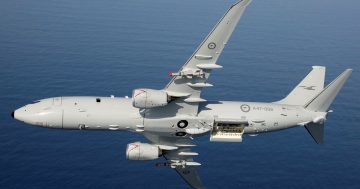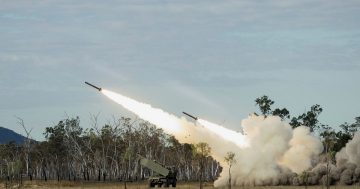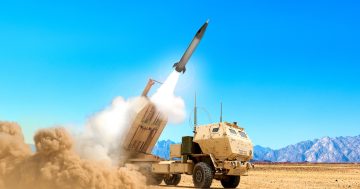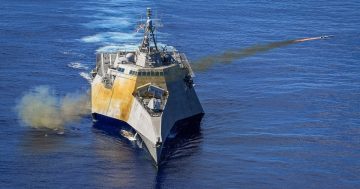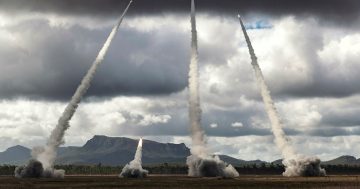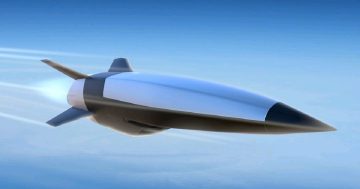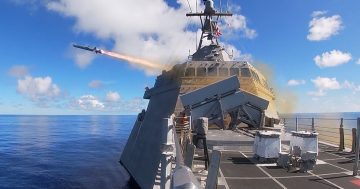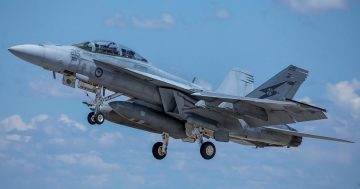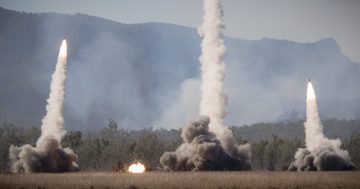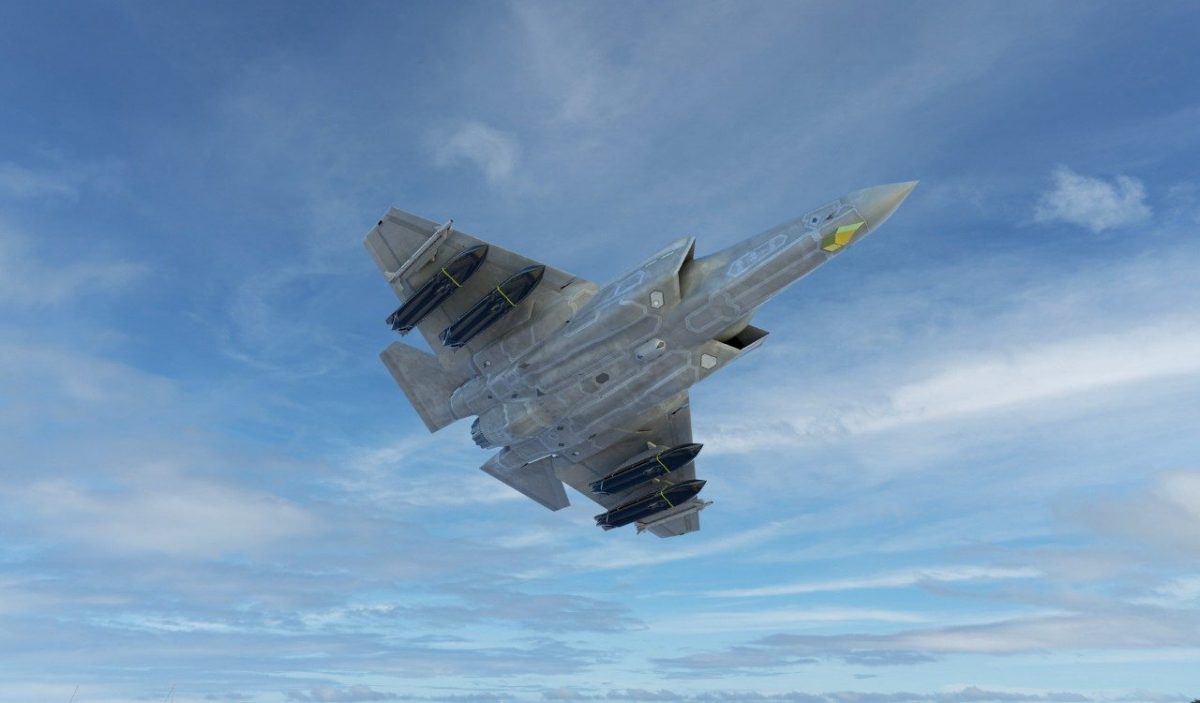
The LRASM is an anti-ship missile development of the JASSM that has been in service with the RAAF since 2010. Photo: Lockheed Martin.
There is an old sporting adage that ‘the best defence is a good offence’, which can also apply in the military vernacular.
In recent decades, the Australian Defence Force has maintained a small but effective offensive strike capability based on three key capabilities: submarines, Army special forces and long-range strike aircraft.
With the retirement of the F-111 in 2010, critics argued that the Royal Australian Air Force no longer had the capability to conduct long-range strike missions. However, others have pointed out that the F-111’s range had effectively been limited to that of its escorting fighters for years as it was no longer considered survivable against modern air defence systems.
With the withdrawal of the F-111, the RAAF’s strike capability was handed off to F/A-18 Hornets and Super Hornets supported by new KC-30A air-to-air refuelling aircraft and E-7A Wedgetail command and control aircraft.
The KC-30A and E-7A allowed the Hornets to extend their flying range and the range of their radars and other sensors so they could launch precision-guided weapons like the AGM-158A Joint Air to Surface Strike Missile (JASSM) against fixed targets from standoff ranges of up to 400 km.
But this limited capability is no longer enough against potential adversaries who have developed sophisticated layered anti-access/area denial (A2/AD) defence systems.
With this in mind, the Commonwealth announced in September 2021 that the ADF would acquire several new long-range strike weapons for not just the RAAF but the Navy and Army as well.
Built by Lockheed Martin, the original JASSM has been developed into two new variants, the 900 km-range AGM-158B JASSM-ER (for Extended Range), and the AGM-158C Long-Range Anti-Ship Missile (LRASM).
The JASSM-ER and LRASM are being acquired under Project AIR 3023 Phase 1 to equip the RAAF’s Super Hornets, the new Lockheed Martin F-35A and, in the LRASM’s case, the Boeing P-8A Poseidon maritime patrol aircraft.
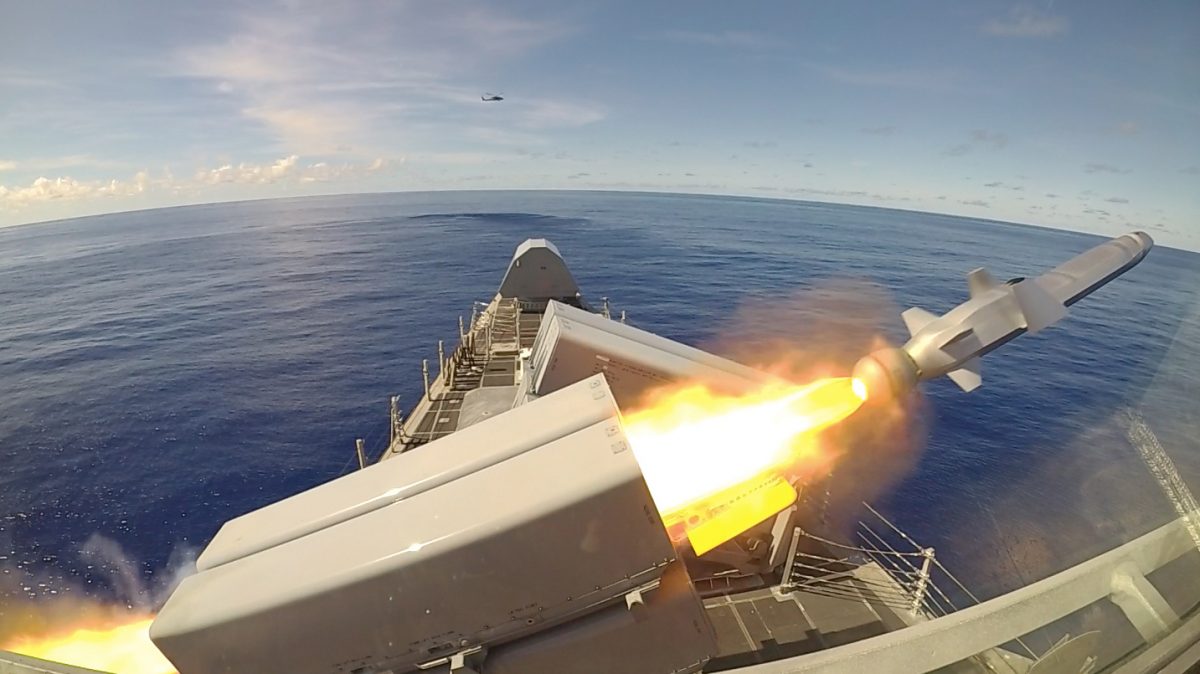
The Kongsberg NSM will replace the Harpoon anti-ship missile on all Royal Australian Navy surface combatants. Photo: US Navy.
The announcement also indicated that, under Project SEA 4100, the Navy will acquire the BGM-109E Tomahawk cruise missile designed to attack fixed targets such as buildings or critical infrastructure. SEA 4100 Phase 1 will also see the Navy acquire the Kongsberg Naval Strike Missile (NSM) to replace the ageing AGM-84L Harpoon anti-ship missile.
The 200 km-range NSM is a stealthy missile with folding wings and multiple sensors and will likely be carried by most of the Navy’s surface combatants.
Not to be left out, the Australian Army has its own three long-range ‘fires’ programs.
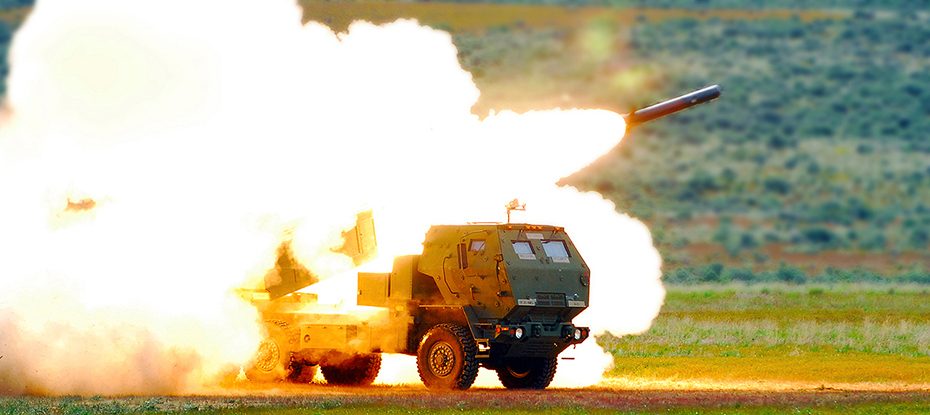
The HIMARS system has had recent success with Ukrainian forces against Russia. Photo: Lockheed Martin.
First up, under Project LAND 8113 will be the acquisition of the Lockheed Martin M142 High Mobility Artillery Rocket System (HIMARS) system, a truck-mounted precision rocket artillery system that Ukraine has successfully used against Russian forces.
Designed to destroy infrastructure, command and control centres, and other fixed targets in rear areas at risk, HIMARS can launch six guided M30/M31 Ground Launched Multiple Rocket Systems (GLMRS) rockets out to 100 km or a much larger M57E Army Tactical Missile System (ATACMS) out to 300 km.
Australia is also a cooperative development partner in the US Army’s new Precision Strike Missile, or PrSM program, which is scheduled to enter service in 2024. The PrSM is an advanced development of the ATACMS and can hit targets beyond 500 km.
Under Project LAND 4100 Phase 2, the Army is also looking at a land-based anti-ship missile capability. It has taken a close interest in a new system being developed by Thales Australia and Kongsberg Defence Australia.
Known as Strikemaster, this will see a canister of NSMs mounted on the back of an Army Bushmaster armoured vehicle to provide a mobile shore-based defence against target vessels.
The September 2021 release said these acquisitions will “enhance the ADF’s ability to deliver strike effects across our air, land, and maritime domains”.
More specifically, they will allow the ADF to provide a layered defence of Australia’s approaches and deter aggression by holding a potential adversary’s fixed and maritime targets at risk.
Through the Defence Science and Technology (DST) Group and academic institutions, Australia is also working closely with the US Department of Defence to develop hypersonic weapons under the Southern Cross Integrated Flight Research Experiment (SCIFiRE) program, although this is only a research program at this stage.











